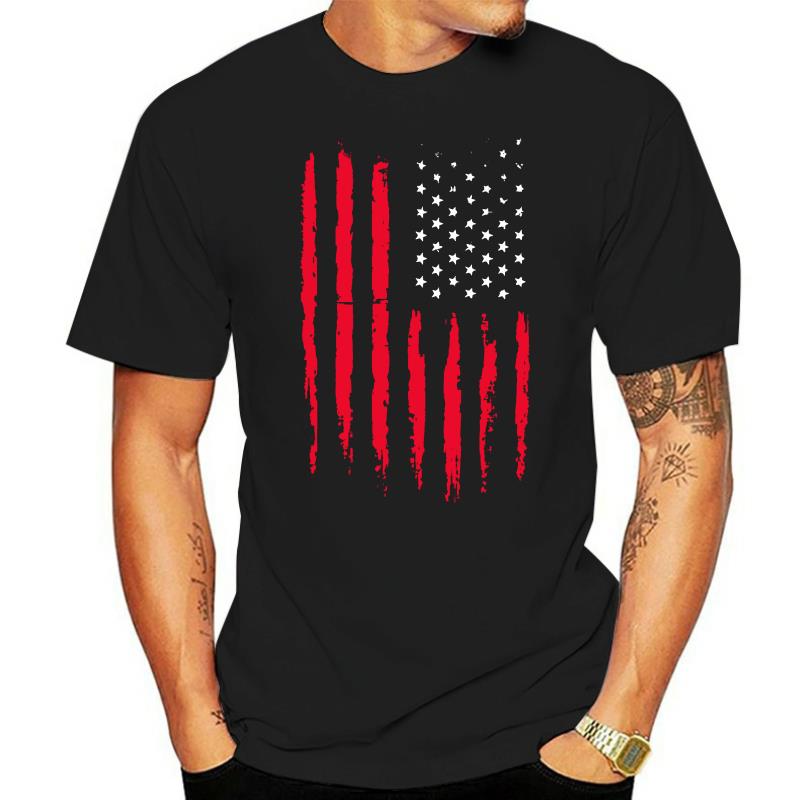
Flag clothing, garments adorned with national symbols, has a profound history rooted in the expression of patriotism and national identity. From ancient empires to modern democracies, people have proudly donned flag-inspired apparel to celebrate their countries’ heritage and values. In this article, we delve into the captivating history and symbolism, exploring its origins, cultural significance, and enduring appeal as a powerful means of showcasing pride in one’s nation.
1. Early Origins:
The use of flags as symbols dates back to ancient civilizations. Banners bearing distinctive colors, emblems, and designs were carried into battle, signifying loyalty and unity among warriors and citizens.
2. National Symbols:
As nation-states emerged, flags became powerful representations of sovereignty and national pride. The designs and colors of flags began to embody historical events, cultural heritage, and shared values.
3. Flag-Inspired Clothing:
The concept of flag clothing can be traced to medieval times when national symbols were embroidered on garments to showcase allegiance to rulers or territories.
4. The Age of Sail:
During the Age of Sail, sailors donned clothing adorned with their national flags as a means of identification and loyalty to their home country.
5. Flag Fashion:
In the 19th century, flag clothing became a fashionable trend. Clothes featuring flag-inspired motifs, such as dresses and ties, were worn during patriotic events and national celebrations.
6. Political Statements:
In the 20th century, this evolved into a means of making political statements. Activists and protesters wore flag-inspired apparel to express demands for social justice and change.
7. Sports and International Events:
In the realm of sports, athletes proudly wear flag clothing during international competitions, symbolizing their representation of their home countries.
8. Cultural Identity:
For diaspora communities, this serves as a powerful way to maintain cultural identity and express pride in their heritage.
9. Global Influence:
As the world becomes more interconnected, flag clothing gains global popularity, uniting people from different nations in celebration of diversity and unity.
10. Fashion Innovation:
Contemporary designers incorporate flag motifs into haute couture and streetwear, showcasing the enduring appeal of it as an iconic fashion statement.
Conclusion:
The history of flag clothing is a testament to its enduring significance in human culture. From ancient symbols of unity to modern expressions of patriotism, this embodies national pride, cultural heritage, and the power of symbolism. As we continue to embrace it as a means of celebrating our nations and uniting as global citizens, let us remember its profound role in showcasing our shared humanity and the values we hold dear.


